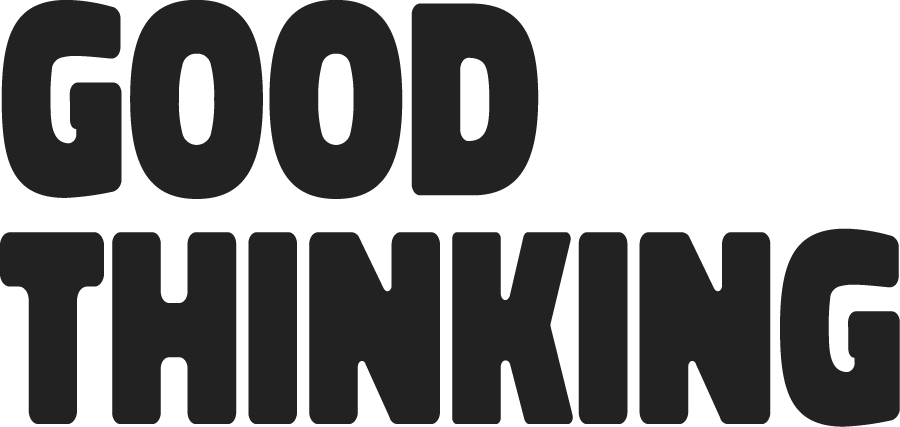Understanding Your Customers: Essential Strategies for Business Growth
The Strategic Leader Podcast- Series 1, Episode 10
In our latest podcast episode, Gemma and I dive deep into the essential questions that every business leader must grapple with to effectively identify and serve their ideal customers. This episode isn’t just a discussion; it’s a strategic roadmap for understanding your market and aligning your organisational efforts for growth.
Why Customer Identification Matters
The foundation of any successful business lies in knowing your customers. Whether you’re offering products or services, understanding who is buying from you is crucial for tailoring your approach. Here are some key considerations:
Defining Your Audience: Are you targeting direct consumers, businesses, or perhaps leveraging trade relationships? Understanding your market segments allows for more focused marketing efforts and resource allocation.
Evolving Customer Profiles: As your business grows, so might your customer base. For instance, a small consultancy may start with SMEs but could aim to serve larger enterprise clients as it scales. Each transition requires a different strategy, from sales processes to service delivery.
The Interconnectedness of Business Functions
A common challenge in organisations is the siloed nature of departments. In this episode we emphasise that every function—HR, marketing, finance—plays a role in supporting business objectives. Here’s how:
HR’s Strategic Role: While HR may seem distanced from customer interactions, understanding the business's goals is vital. For instance, if the company aims to transition to enterprise clients, HR needs to assess whether the existing workforce possesses the skills required for this shift.
Marketing’s Responsibility: Marketing teams must create campaigns that resonate with the target audience. This requires ongoing research and communication with sales teams to ensure alignment on customer insights.
Finance’s Perspective: Financial decisions should reflect customer acquisition strategies. Understanding who the business serves can lead to better budgeting and resource allocation for customer-related initiatives.
Navigating Change: What Happens When Customer Profiles Shift?
A critical discussion point in the episode is the need to adapt as your customer profile evolves. Here are some strategies to manage this transition effectively:
Conducting Market Research: Regularly update your understanding of market dynamics. Customer surveys, focus groups, and data analytics can provide insights into shifting needs and expectations.
Investing in Training: As customer demands change, so should your team’s capabilities. Continuous learning opportunities, such as sales training tailored to new client types, can empower your workforce to meet these challenges head-on.
Flexibility in Strategy: Be prepared to pivot your business strategy based on customer feedback and market trends. This could mean shifting focus away from certain initiatives that no longer serve your strategic goals.
The Power of Simplicity in Strategy
One of the standout points from the podcast is the importance of simplicity in articulating strategy. Here’s how to ensure your strategy is clear and actionable:
Three-Bullet Rule: Aim to summarise your strategy in three key points. This not only helps in communicating effectively but also serves as a guiding framework for decision-making.
Magic Wand and Genie Questions: These thought exercises help clarify priorities. If you could accomplish just one thing, what would it be? What about two or three things? This helps identify critical initiatives that align with your goals.
Whiteboard Test: If you can’t explain your strategy on a whiteboard in a few minutes, it may need refining. A strong strategy should be simple enough to convey without overwhelming detail.
Prioritisation: The Key to Effective Execution
Understanding what to prioritise is essential for success. Here’s how to navigate this process:
Identify Quick Wins: Focus on initiatives that can deliver immediate results. These quick wins can build momentum and motivate teams as they see progress.
Strategic Trade-offs: Recognise that pursuing one initiative may require deprioritising others. Use frameworks like the Eisenhower Matrix to help decide what’s urgent versus important.
Continuous Assessment: Regularly review your strategy against business outcomes. Are your initiatives driving the desired results? If not, be willing to pivot and adapt your approach.
The essence of effective strategy lies in understanding your customers and aligning your organisational efforts accordingly. By fostering collaboration across departments, staying adaptable, and focusing on simplicity and prioritisation, businesses can position themselves for sustainable growth.
🔗 Listen to the full episode here
By implementing these practices, you not only enhance your understanding of your market but also create a cohesive environment where every team member is aligned with the company’s goals.
